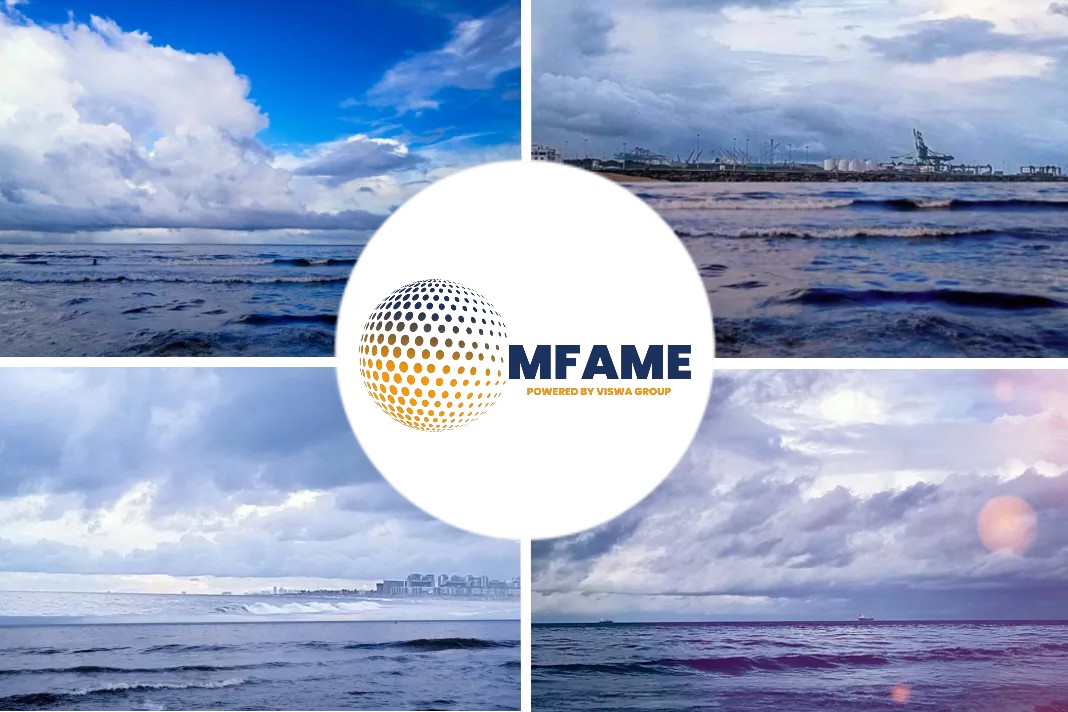
- New nuclear reactors, coal-fired plants to curtail LNG demand
- Wholesale power price cap to shrink LNG importers’ spot appetite
- Industrial gas demand to recover amid China’s post zero-COVID
A recent news article published in the Platts states that South Koreas 2023 natural gas demand likely to dip on nuclear startups mild winter power price cap.
South Korea’s natural gas consumption
South Korea’s natural gas consumption is expected to ease in 2023 with the startup of nuclear power plants, a possibly mild winter and a cap on wholesale power prices, while uncertainties surrounding industrial gas demand recovery as China moves past its zero-COVID policy as well as supply disruptions amid a prolonged wart in Ukraine could prompt Korean buyers to participate actively in the spot LNG market.
Nuclear, coal power plants start-up
Korea’s LNG demand was projected to decline with the ramp up of nuclear power generation in its energy mix since President Yoon Suk-Yeol took office in May.
Yoon’s administration intended to extend the lifespan of existing reactors, aiming to increase nuclear power in Korea’s energy mix to around 33% in 2026, with six old plants continuing to operate.
The 1.4 GW No. 1 Shin Hanul nuclear power plant restarted Dec. 7, after 12 years of delays since construction began in 2010. The government estimated the unit could replace around 1.4 million mt/year of LNG imports. The 1.4 GW No. 2 Shin Hanul plant will likely commence operations in 2023, potentially raising the number of nuclear reactors in Korea to 27.
However, market participants were skeptical of the immediate impact on LNG demand.
“Korea might [continue to] rely on LNG power generation if there is a sudden cold spell,” a Korean importer said, adding that ramping up nuclear reactors take a long time given the stringent scrutiny.
Latest nationally determined contribution target
In the latest nationally determined contribution target proposed by the Ministry of Trade, Industry and Energy, the proportion of nuclear power generation was raised to 32.4% by 2030, from 25% in the previous NDC target.
“The upcoming 10th NDC energy mix plan due to be released by the government in Q1 2023 might determine gas demand in 2023,” a Korean buyer said. “State-run gas utility’s new LNG spot procurement strategy under the new CEO also might be in focus.”
Korea’s natural gas demand was expected to fall 1.2% year on year to 44.1 million mt/year in 2023 due to the accelerated switch to nuclear and renewable power generation amid high LNG prices triggered by the Russia-Ukraine war, according to the Korea Energy Economics Institute.
“LNG imports in South Korea could fall 6% to 44 million mt in 2023 owing to higher electricity generation from nuclear; commissioning two nuclear reactors and higher availability factor for existing fleets as well as from coal,” Vince Heo, director for APAC Gas, Power & Climate Solutions at S&P Global said, adding that two new coal-fired power plants were coming online in 2022-23.
Korea’s power generation by gas over January-August fell 3.49% year on year to 111,089 GWh, while generation by nuclear jumped 15.7% to 118,344 GWh, the KEEI data showed.
Meanwhile, the government’s decision in late November to do away with the 80% utilization limit on coal-fired power plants this winter suggests that it might facilitate coal power generation in the event of peak heating demand.
“The government seems to embrace coal as an emergency power generation resource for this winter,” a Korean importer said.
Headwinds from power price cap
Korea’s recent introduction of a price cap for the country’s wholesale electricity market clearing price, or System Marginal Price, which aims to ease financial pressure on state-run utility KEPCO, is likely to move Korean LNG importers to reduce their spot LNG intake.
The SMP is determined by the power generation cost of the marginal power generation units in each hour via Korea Power Exchange.
Market participants expected the SMP cap, which came into effect Dec. 1, to reduce the volume of LNG purchased by independent power producers such as SK E&S, POSCO and GS EPS, due to slimmer operation margins.
“The SMP cap might reduce LNG spot intake by direct LNG importers in South Korea,” a market source said. “Otherwise, the run rates operated by private power utilities might be reduced due to thinner margins.”
Industrial demand
Korea’s exposure to spot LNG procurement will likely continue in the next few years, with around 9.62 million mt/year of long-term contractual volumes poised to expire in 2024, including state-run Kogas’ 4.92 million mt/year contract from Qatar’s RasGas and 4.06 million mt/year from Oman LNG.
The country’s gas demand from industrial sectors was projected to return in 2023 in response to a recovery in China’s manufacturing sector post zero-COVID.
“Many Korean refineries are ramping up runs in preparation for the increase in demand from China after the holidays,” a direct LNG buyer said. “However, there is demand destruction due to high LNG prices by industrial end-users, including refiners and petrochemicals, as naphtha and LPG are cheaper.”
The bearish economic outlook across Asia further heightened the ongoing demand destruction for gas in the industrial sector through next year.
Did you subscribe to our daily Newsletter?
It’s Free! Click here to Subscribe
Source: Platts

























